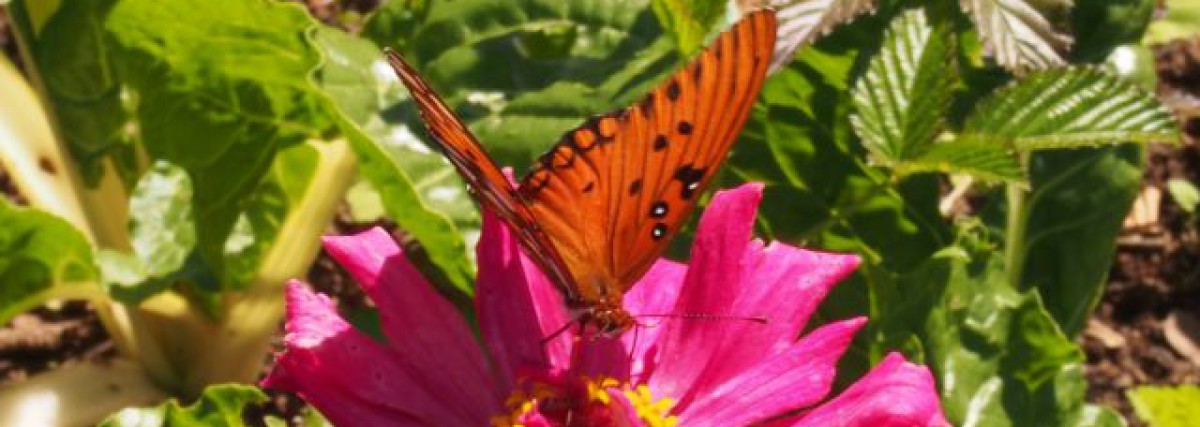I recently attended an open house event at a local organic farm trending to permaculture. I wandered the fields with the manager and we discussed many topics. It was only later when I was by myself and walking his rows that I noticed how perfect his vegetables looked. No weeds – well I could manage that too if I was doing an open house, but not a single insect chewed leaf! By that time the manager was busy with other visitors and not accessible.
I thought long on what I had seen. Their compost heap was far from humming which made me think their organic growing skills were still on the uptake. Now when I build a new compost heap it also looks pretty rough but I always keep finished compost on the side to provide a bio-organic boost. They did not have any finished compost in sight and their heap didn’t look that new either. So it seemed to me unlikely that they could have mastered pest free organic growing, which incidentally if you use a tight definition for “organic” , I regard as an impossible goal. I mean think about it – if your system is in balance with well nourished high immune level plants and beneficials on the standby to consume pests as soon as they appear, then yes, the pests will not get to first base on the first leaf. But this is an improbable assumption – the beneficials depend on pests for sustenance (that’s why pests precede beneficials in the march of Spring) and cannot survive and be on red alert if there is not a continuous supply of pests and for pests to be around they have to snack and so you gotta have chewed leaves.
So how could this relatively new farm have perfect looking vegetables? Yesterday the manager visited my outpost and I casually raised the topic and the answer – a well known pyrethrin spray. It is an effective and expensive knock down spray and is OMRI approved which means you can use it and say you are organic growing. I suppose because it is derived from natural ingredients (chrysanthemum) this means it is natural. It will take out all insects including honey bees and beneficials, so as for honey bees you spray when they are not around and as for beneficials, since your spraying killed the lot of them, then per the instructions “plan to reapply them” 1 to 2 days after the spraying. We have reached the stage where beneficials are applied just like a chemical! It seems that once you go down this route you probably going to end up doing a lot of spraying.
So is this really organic growing? Depends on how tight your definition is. Are natural ingredients empowered by human ingenuity that much different from synthetic ingredients? Are pesticide sprays from natural ingredients less toxic to humans than synthetic sprays? For me, growing organic is assisting but not enforcing – I encourage beneficials, I make compost, I want nature to run its course and I am perfectly happy with sharing some veggies with pests. And my take away is that with the exception of some veggies which seem to grow perfectly with little pest pressure (lettuce, radish and garlic come to mind) the next time I see perfect looking organic vegetables I will wonder if spraying was used.
